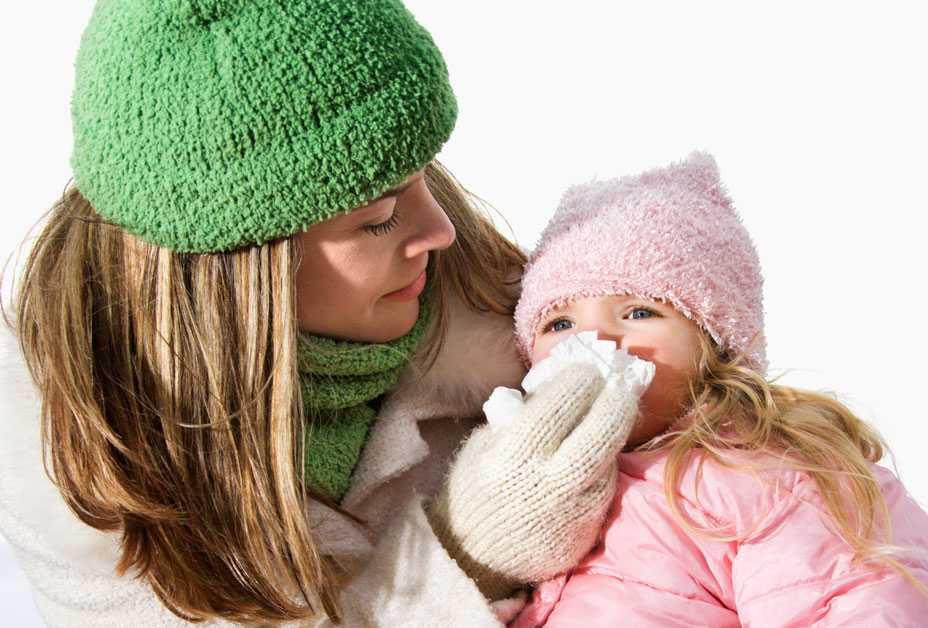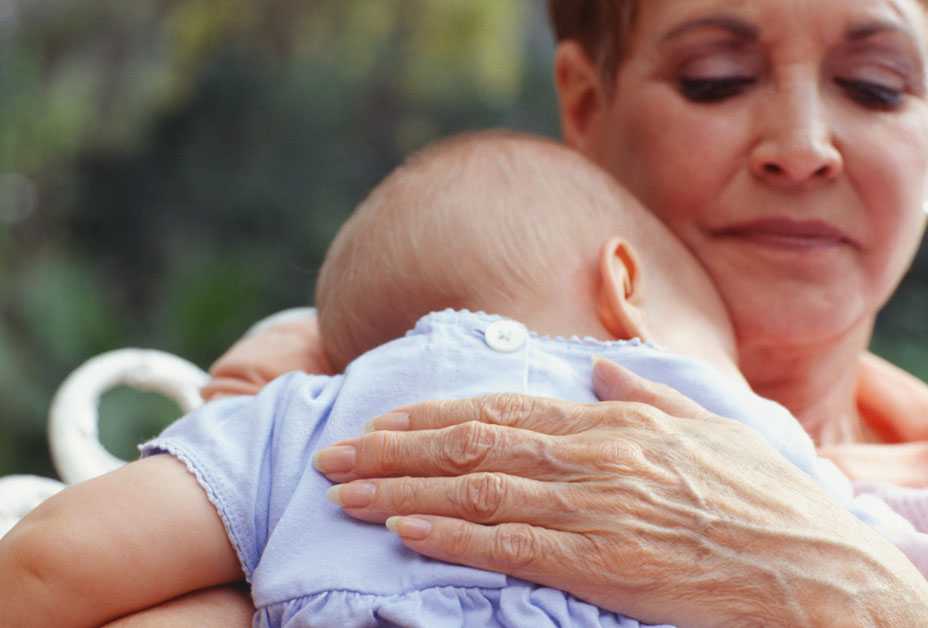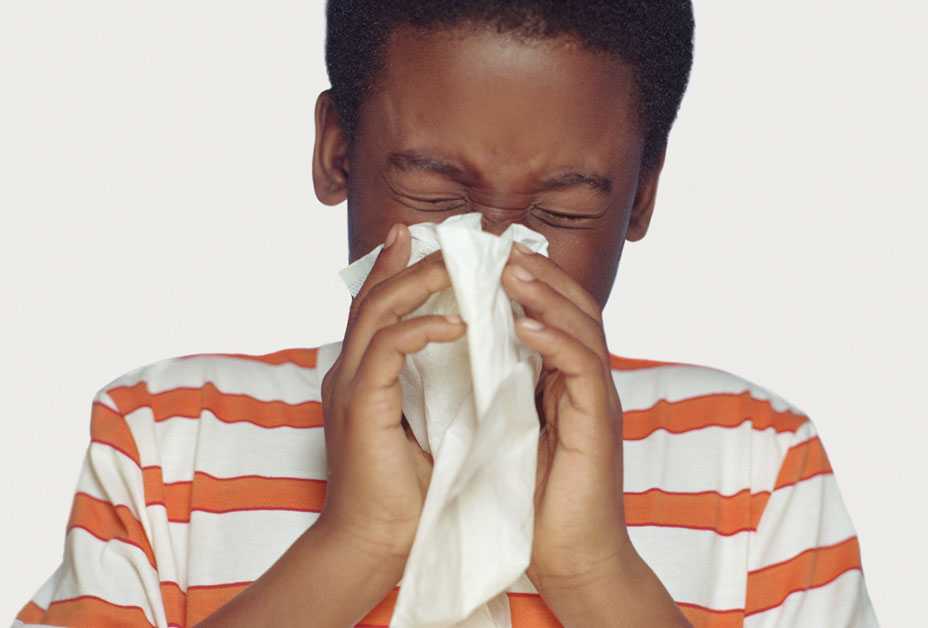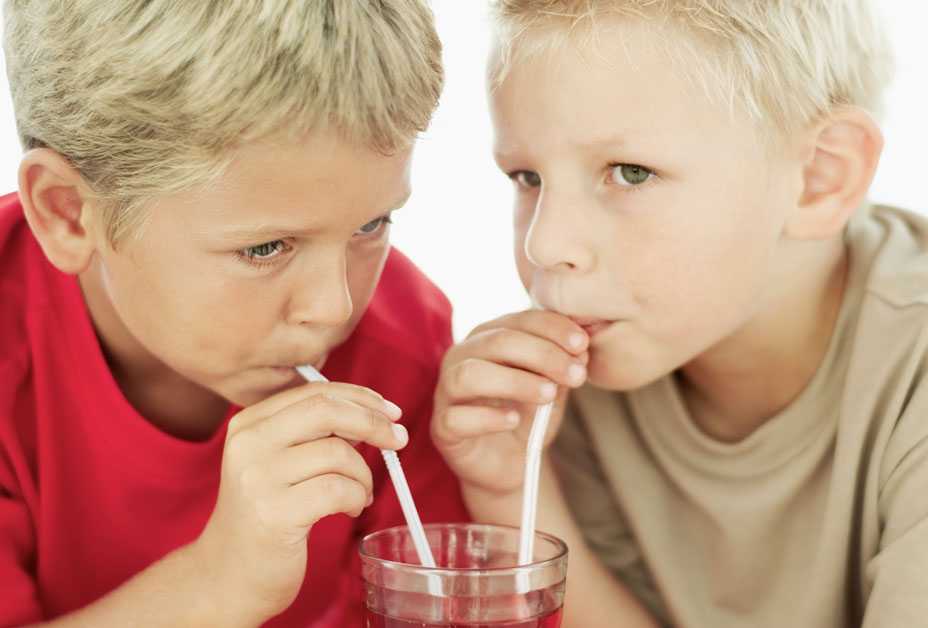Respiratory Syncytial Virus (RSV)

Respiratory syncytial virus (RSV) is a contagious virus that affects the lungs and breathing passages. Most children get RSV infection by age 2. But you can get infected at any age and more than once in your life. The symptoms are similar to the common cold. Most people recover in a week or so, but others at high risk may get very sick and develop pneumonia or bronchiolitis. There is no vaccine, but scientists are working to develop one. And until then, there are ways you can help prevent RSV infection.
Quiz
Key Facts
- RSV usually causes mild, cold-like symptoms such as coughing, wheezing, fever and runny nose.
- Infants and older adults may develop severe illness from RSV, such as pneumonia or bronchiolitis.
- Most kids get an RSV infection by age 2. However, you can get an RSV infection at any age and more than once in your life.
- RSV spreads when an infected person coughs or sneezes, or shares cups and eating utensils with others.
- You can help protect yourself and others from RSV infections by washing your hands often with soap and water.
Media
Prevention Tips
-
Wash your hands often with soap and water for 20 seconds, and help young children do the same.
-
Cover your nose and mouth with a tissue when you cough or sneeze, then throw the tissue in the trash.
-
Avoid touching your eyes, nose, and mouth with unwashed hands.
-
Avoid close contact, such as kissing, or sharing cups or eating utensils, with sick people.
-
Clean and disinfect frequently touched surfaces, such as toys and doorknobs.
- Page last reviewed: March 3, 2016
- Page last updated: March 3, 2016
- Content source:
- Centers for Disease Control and Prevention
- Page maintained by: Office of Associate Director of Communication, Division of Public Affairs


 ShareCompartir
ShareCompartir



